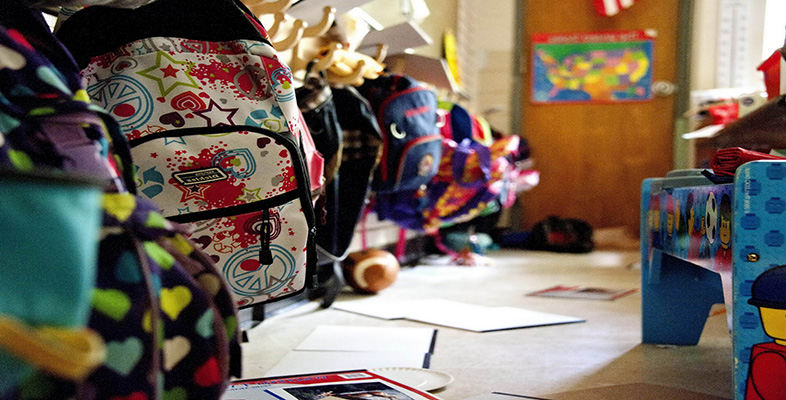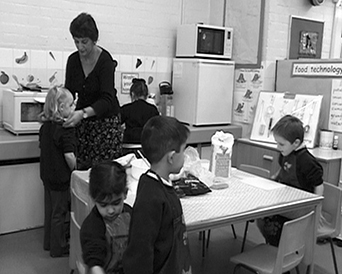1.5 Ways of working and contributing
The physical design of most primary schools reflects the expectation that teachers work in classrooms with large numbers of children. In fact, given their large classes, most schools feel quite crowded. The employment of teaching assistants has doubled the number of adults working in some classrooms and, as Schlapp and Davidson (2001) note, this has sometimes led to problems in teaching assistants finding work spaces they can call their own. Often they give support while working alongside teachers, but some is done in another location. In their survey of 275 teaching assistants in two English local authorities, Hancock et al. (2002) found that 91 per cent said they sometimes withdrew children from classrooms.
There is a further sense in which teaching assistants have needed to find ‘space’ for their work. As part of a relatively new workforce, they have had to integrate their support practice with teachers’ ongoing teaching practice and to work as part of a classroom teaching team.
Activity 2 Contexts for learning support
The following video features teaching assistants in many working contexts. The nine short clips within this video were recorded during visits to primary schools across the UK.
As you view, make notes in the box below on the roles and the contexts of these teaching assistants. If you are currently or have previously been in a learning support role, consider the extent to which your role and your various working contexts are represented by people in this sequence. Which teaching assistant roles are most like yours?
There is a transcript [Tip: hold Ctrl and click a link to open it in a new tab. (Hide tip)] available for this video.
Discussion
Teachers were once expected to work in schools without the kind of support provided by the teaching assistants in this video, so it is worth considering how teaching assistants have been ‘added’ to and integrated within the primary school workforce. Staff in primary schools would no doubt argue that this is long overdue, since more adults are necessary if they are to meet children’s personal, social and educational needs. Officially, the justification for this provision has been that teaching assistants help to ‘raise standards’ in measured areas of the curriculum. Clearly, this is important, but it seems to underplay the much wider nature of their contribution. For instance, the sequence reveals the ability of all teaching assistants not only to support learning but also to interact with and relate to children in ways that enhance their self-image and experience of school life.

